How To Clean Your Shower Drain and Keep It Clean
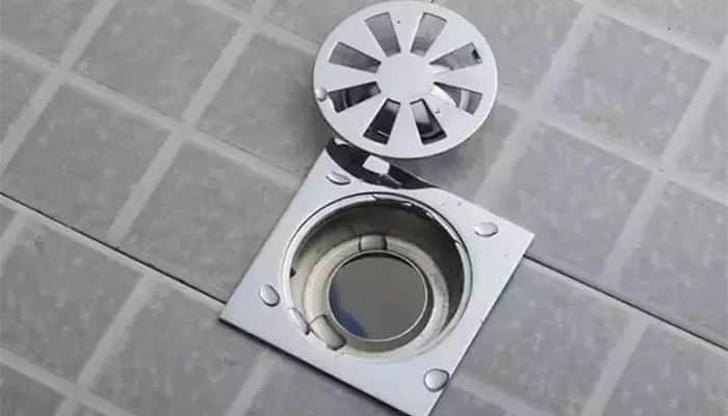
A clean, fresh shower is something we all look forward to each day. Aside from smelling great and feeling invigorated after a long day, having a clean shower also keeps the drain in your home free of contaminants. Keeping your drain clean prevents clogs that lead to discolored, odorous water. Fortunately, keeping your shower drain clean is simple. Follow these tips to keep your drains squeaky clean:
1. Clean Your Showerhead Right Away
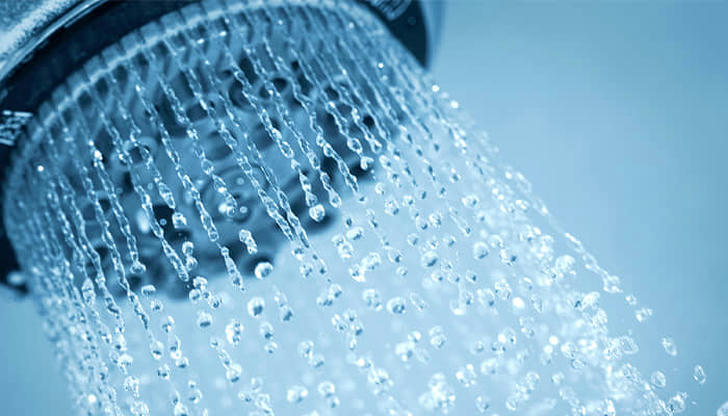
The showerhead is a major culprit when it comes to clogs in your shower drain. While the majority of the water flowing through your shower is filtered by your faucet, the head itself is not. This means that anything that gets stuck in between the head and the drain it collects and leads to a nasty buildup of soap scum, hair, and other debris. This buildup can cause your showerhead to stop working properly, leak, or even break. If you notice one of these issues, it’s a good idea to clean your showerhead right away. After you shower, turn off the water flow and remove the head from the mounting. If you have a handheld showerhead, simply unplug it. Clean the showerhead with a sponge or a rag soaked in vinegar. The acidity of the vinegar will eat away at any gunk that might be clinging to it.
2. Turn Off The Water Before Cleaning
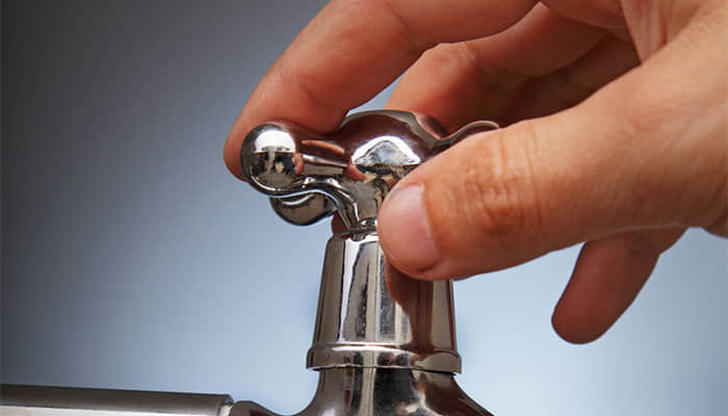
Water has weight, so when you turn off your faucet, any residual pressure in the pipes behind the faucet also stops. Any particles that were lodged in the pipes are suddenly free to move throughout the remainder of your plumbing system. Turn off the water before cleaning the shower drain. This will prevent the risk of the water running and creating waves that can disturb the particles in your pipes.
3. Use Fresh Chemicals
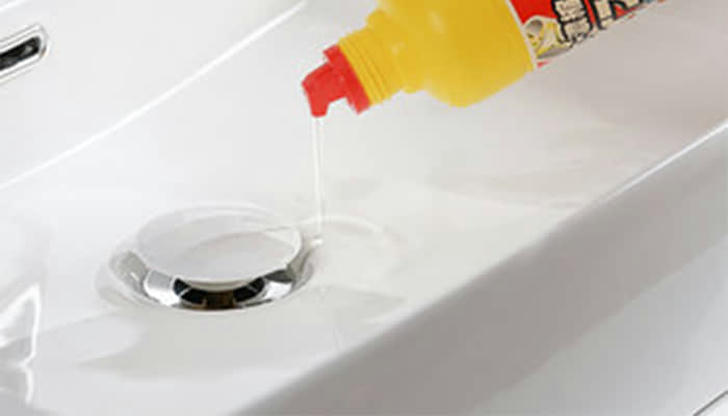
Cleaning agents can get rid of dirt and bacteria, but they can’t retrieve the items that are stuck in your pipes. Chemicals used in cleaning agents are designed to dissolve dirt, not retrieve objects that are stuck in the pipes. If you use a chemical to clean your shower drain, the chemical will eat away at the rubber in your pipes, eventually leading to leaks or expensive replacements. Instead, use warm water and a mild cleanser. Avoid products with abrasives as they can scratch your pipes, as well as leave streaks.
4. Get Out The Strainer And Net
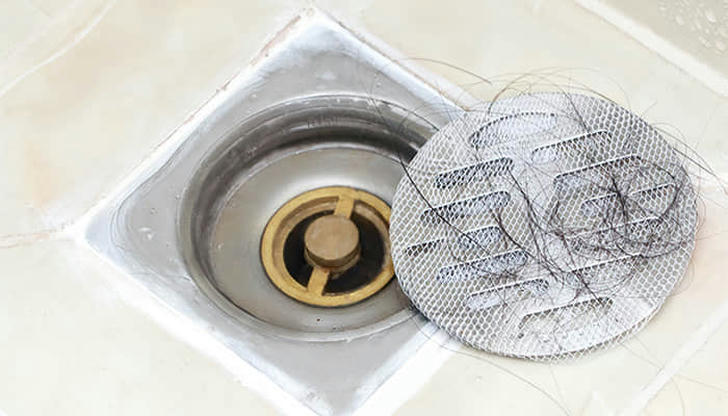
A strainer is used to separate any solid matter such as hair and dirt from the liquid in the pipes. A strainer can also be used to sift through the liquid and retrieve anything that is lodged in the pipes. While cleaning the strainer is not necessary, it is a good idea. The strainers in your home are usually made of rubber, so they are flexible enough to squeeze solid matter from your pipes, as well as sift through the liquid. Over time, however, the rubber in your strainers will deteriorate and become brittle. Eventually, the strainers will burst, causing flooding in your home. If you don’t clean your strainer, the build-up of solid matter in your pipes can burst the strainers, causing flooding.
5. Don’t Forget The Floor
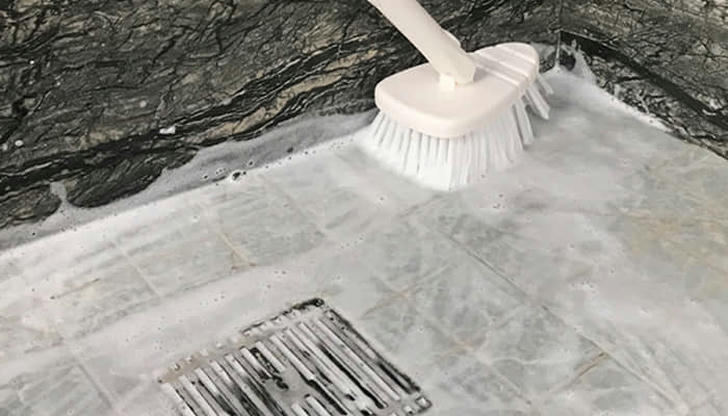
While the majority of the water that flows through your pipes is filtered, what comes out of your faucet is not. This means that while the showerhead and drain may look clean, the water that comes out of your taps is not. This dirty water can cause clogs, bacteria growth, and keep your pipes from working properly. If you have a separate sink in your bathroom and take a normal amount of time to wash your hands and face, you can simply rinse off the soap residue in the drain with the clean water from your sink. This will prevent the build-up of solid matter that can burst pipes and cause a clog.

